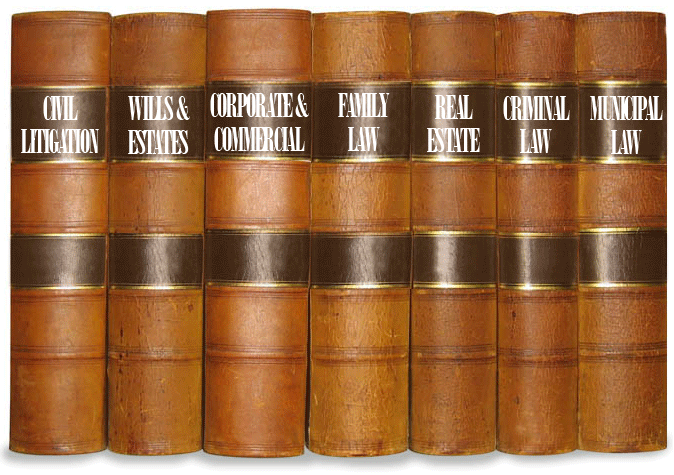Generic drug maker Mylan got some good news from the U.S. Court of Appeals for the Federal Circuit in a patent litigation related to its heartburn treatment Omeprazole, the generic version of British drug maker AstraZeneca’s Prilosec, when the court affirmed a District Court ruling that Mylan’s 10 mg and 20 mg Omeprazole delayed-release capsules do not infringe AstraZeneca’s patents. In re Omeprazole Patent Litigation (07-1476, -1477, -1478).
To say the least, AstraZeneca expressed disappointment with the ruling of noninfringement regarding it’s U.S. Patents 4,786,505 and 4,853,230.
Omeprazole is the generic name for Prilosec®. Omeprazole inhibits the production of gastric acid when, after absorption, Omeprazole transforms into its active species in the parietal cells (acid-producing cells in the stomach lining) and inhibits acid production. However, omeprazole degrades in acidic and neutral environments. Therefore, it must be protected from contact with gastric juices while traveling to the parietal cells. Thus, an omeprazole formulation needs a protective enteric coating around the core containing the active alkaline reacting compound (ARC) and a separating layer between that core and the coating.
Astra developed an oral dosage form of omeprazole that overcomes those formulation problems. They developed an oral formulation that includes a core containing omeprazole and an alkaline reacting compound (ARC), a water soluble subcoat, and an enteric coating.
Astra brought suit against Mylan and Esteve, along with several other generic defendants, alleging infringement under the Hatch-Waxman Act. Mylan’s products consist of (1) an inert sugar/starch sphere; (2) an active coating of omeprazole, talc, and hydroxypropyl methylcellulose (HPMC) (Film Coating No. 1 or active drug layer); (3) a subcoating of HPMC, talc, and titanium dioxide (Film Coating No. 2); (4) a second subcoating of HPMC and ethylcellulose (Film Coating No. 3); and (5) an enteric coating of methacrylic acid copolymer, triethylcitrate, and talc (the enteric coating).
The district court determined that Mylan/Esteve did not infringe either of the asserted patents and that Astra failed to show that Mylan/Esteve’s omeprazole products met the limitations of paragraph (a) of claim 1 of the patents in suit. In particular, the court found that Astra failed to prove by a preponderance of the evidence that Mylan/Esteve’s products contained an ARC. The court rejected Astra’s assertion that carbonates in either the talc or the HPMC, or the triethylamine in the omeprazole, satisfied the ARC and effective amount requirements of the asserted claims.
The issue on appeal was whether the district court erred in concluding that Astra failed to prove the presence of an ARC in Mylan’s products. In order to infringe the patents in suit, the accused products must contain an ARC in the active core region. Previously, in Omeprazole I, the Federal Circuit had already affirmed the district court’s construction of an ARC, which was construed as:
(1) a pharmaceutically acceptable alkaline, or basic, substance having a pH greater than 7 that (2) stabilizes the omeprazole or other acid labile compound by (3) reacting to create a micro-pH of not less than 7 around the particles of omeprazole or other acid labile compound.
At trial, Astra argued that the talc used in the active drug layer of Mylan’s products, Microace® talc, was alkaline and that the source of alkalinity was carbonates. More specifically, Astra argued that carbonates that are introduced into the active drug layer through the talc, and not the talc itself, are ARCs as that term is used in the patents in suit.
The district court considered and rejected Astra’s assertion. The court primarily rested its conclusion on its finding that Astra failed to prove the presence of carbonates in Mylan’s products. In doing so, the court considered the evidence proffered by both parties relating to the presence or absence of carbonates in the talc.
The court found that those tests indicated that Mylan’s talc contained no detectable amount of carbonates. After weighing the competing evidence, the court found that Astra failed to prove the presence of carbonates in the talc of the accused products. Since the determination is based on the district court’s fact findings, it cannot be overturned unless the Federal Circuit finds them to be clearly erroneous, and didn’t.
Astra argued that the district court was wrong to require conclusive evidence that carbonates were present in the talc, rather than preponderant evidence. The Federal Circuit, however, pooh-pooh that idea saying the district court knew what it was doing.
See also: Recognizing a Novel Characteristic After the Fact Doesn’t Make a Known Composition New Again




 Lewis & Clark Law Review’s latest issue and it features a business forum on the Supreme Court’s recent patent decision in KSR v. Teleflex. If you want to talk KSR, this is your stop. There are eleven action-packed articles related to this decision and this is a great way to get your fill of opinions.
Lewis & Clark Law Review’s latest issue and it features a business forum on the Supreme Court’s recent patent decision in KSR v. Teleflex. If you want to talk KSR, this is your stop. There are eleven action-packed articles related to this decision and this is a great way to get your fill of opinions. Students at the Massachusetts Institute of Technology (MIT), Stanford University and the University of Toronto have launched a new biotech magazine called
Students at the Massachusetts Institute of Technology (MIT), Stanford University and the University of Toronto have launched a new biotech magazine called